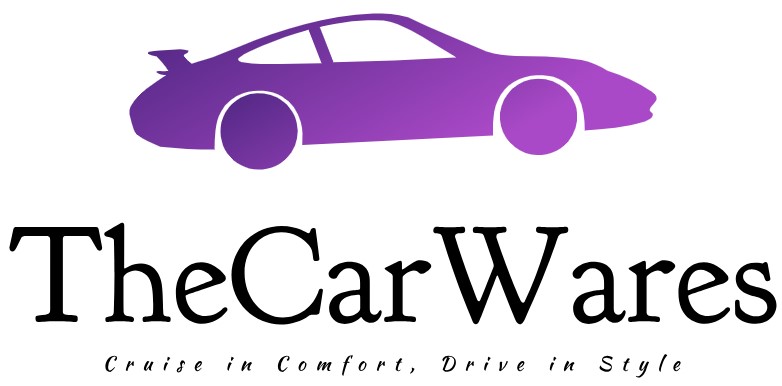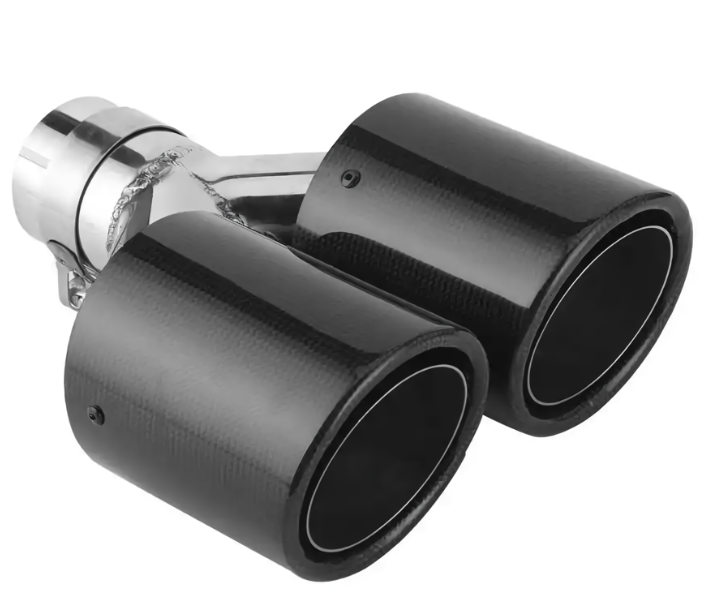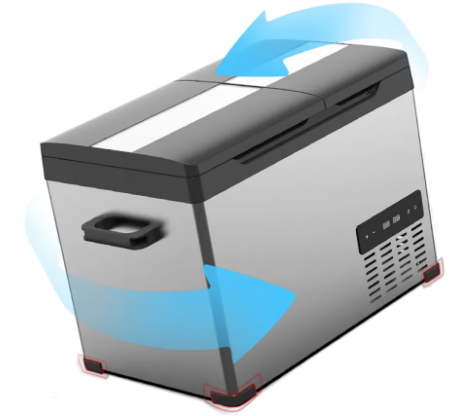Unleash Your Creativity and Transform Your Ride with Vinyl Wrapping
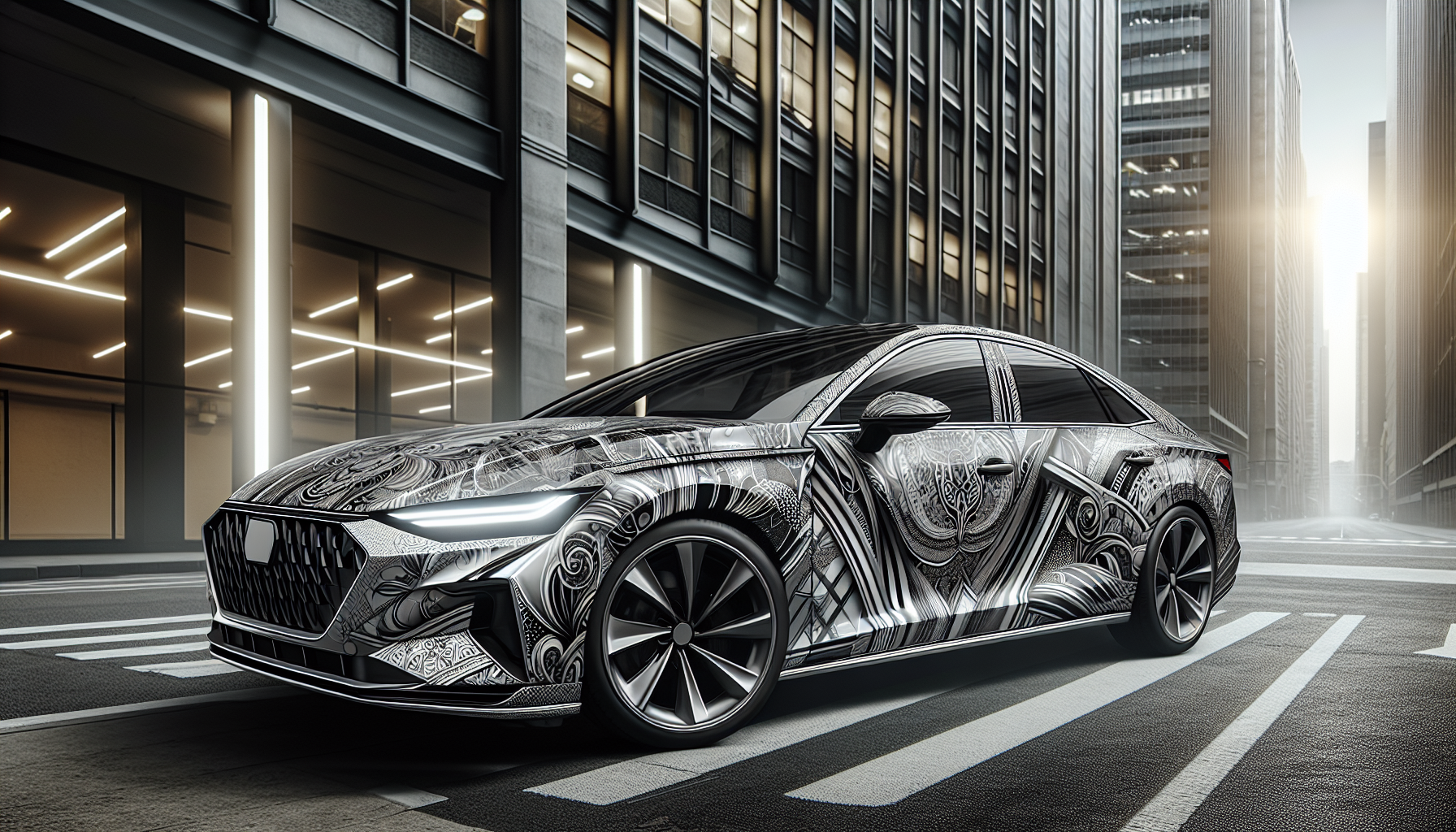
Welcome to the world of vinyl wrapping, where car enthusiasts can unleash their creativity and transform their vehicles into head-turning masterpieces. In this comprehensive guide, we’ll dive into the art of vinyl wrapping car parts with intricate details, covering the basics, benefits, and expert techniques to achieve a showroom-quality finish. Whether you’re a seasoned pro or a DIY enthusiast, this step-by-step guide will equip you with the knowledge and confidence to tackle even the most complex vinyl wrapping projects.
From choosing the right vinyl wrap to preparing your car parts for wrapping, we’ll cover every aspect of the process. You’ll learn how to select the perfect vinyl wrap for your car’s intricate details, prepare the surface for optimal adhesion, and apply the wrap with precision and finesse. With the right techniques and materials, you’ll be able to achieve a seamless finish that’s both durable and visually stunning.
So, buckle up and get ready to take your car customization skills to the next level. With this guide, you’ll be able to create stunning, one-of-a-kind designs that showcase your personality and style. Whether you’re looking to add a personal touch to your daily driver or create a show-stopping masterpiece for the car show circuit, vinyl wrapping is the perfect way to make your car stand out from the crowd.
1. Introduction to Vinyl Wrapping: The Basics and Benefits
Vinyl wrapping is a revolutionary car customization technique that has taken the automotive world by storm. This versatile and increasingly popular method allows car enthusiasts to transform their vehicles into unique, head-turning masterpieces. With vinyl wrapping, the possibilities are endless, and the best part is that it’s a relatively affordable and non-permanent way to give your car a fresh new look.
At its core, vinyl wrapping involves applying a thin, adhesive film to a car’s surface, which can be customized to display a wide range of designs, colors, and patterns. From subtle, metallic finishes to bold, eye-catching graphics, vinyl wrapping offers a level of customization that’s unmatched by traditional painting or decals. Plus, vinyl wraps are easy to remove and reinstall, making them an ideal choice for car owners who want to preserve their vehicle’s original finish.
Whether you’re looking to add a personal touch to your daily driver, promote your business or brand, or create a show-stopping masterpiece for the car show circuit, vinyl wrapping is an excellent option. With its flexibility, versatility, and affordability, it’s no wonder that vinyl wrapping has become a go-to choice for car enthusiasts and professionals alike. In this article, we’ll delve into the world of vinyl wrapping, exploring the basics, benefits, and expert techniques to help you get started on your own vinyl wrapping journey.
What is Vinyl Wrapping?
Vinyl wrapping is a cutting-edge technology that involves applying a thin, adhesive film to a car’s surface to create a durable, long-lasting, and visually stunning finish. This process is also known as vehicle wrapping, and it’s a popular method for car owners, advertisers, and enthusiasts to customize their vehicles. At its core, vinyl wrapping is a form of graphic installation that requires a high level of precision, skill, and attention to detail.
The materials used in vinyl wrapping are typically made from a combination of polyvinyl chloride (PVC) and additives, which provide a strong, flexible, and weather-resistant finish. Vinyl wraps are available in a wide range of colors, finishes, and textures, from glossy and metallic to matte and satin. The adhesive on the vinyl wrap is designed to be strong yet removable, allowing for easy installation and removal without damaging the car’s original paint.
The vinyl wrapping process typically involves designing the wrap, printing the vinyl, and applying it to the car using a combination of heat, pressure, and skill. A good vinyl wrap can last for up to 5 years, depending on the quality of the materials and the installation process. With its durability, versatility, and limitless design possibilities, it’s no wonder that vinyl wrapping has become a popular choice for car enthusiasts and professionals alike.
Benefits of Vinyl Wrapping for Car Parts
Vinyl wrapping has become a popular choice for car customization due to its numerous benefits. One of the most significant advantages is its ability to provide a unique, personalized look that sets your car apart from the rest. With vinyl wrapping, you can choose from a vast range of colors, patterns, and designs, allowing you to express your personality and style. Whether you want to add a bold, eye-catching graphic or a subtle, sophisticated finish, vinyl wrapping can help you achieve your desired look.
Another significant benefit of vinyl wrapping is its protective qualities. The vinyl film acts as a barrier against the elements, protecting your car’s original paint from UV damage, scratches, and fading. This means that you can enjoy your car’s customized look without worrying about damaging the underlying paint. Additionally, vinyl wrapping is a non-permanent solution, making it easy to remove and reinstall if you need to return your car to its original state.
Vinyl wrapping is also a cost-effective way to customize your car. Compared to traditional painting or decals, vinyl wrapping is a more affordable option that offers a similar level of customization. Plus, vinyl wrapping is a relatively quick and easy process, making it an ideal choice for car owners who want to make a statement without breaking the bank. With its versatility, protective qualities, and affordability, it’s no wonder that vinyl wrapping has become a go-to choice for car enthusiasts and professionals alike.
2. Choosing the Right Vinyl Wrap for Intricate Details
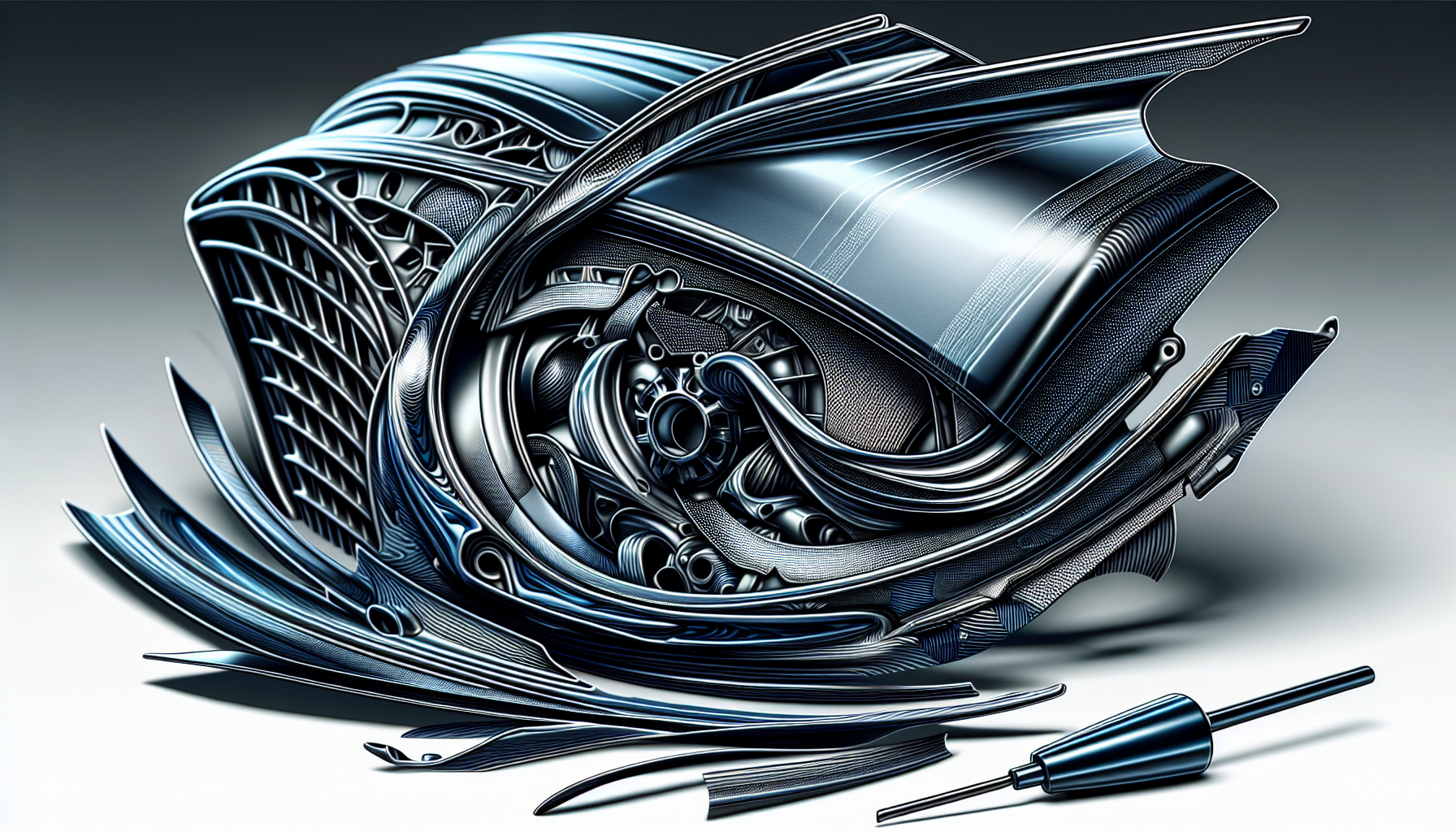
When it comes to vinyl wrapping car parts with intricate details, choosing the right vinyl wrap is crucial for achieving a seamless and visually stunning finish. With so many options available, it can be overwhelming to select the perfect vinyl wrap for your project. However, by understanding the different types of vinyl wrap materials and their characteristics, you can make an informed decision that meets your specific needs.
Cast vinyl wraps, calendared vinyl wraps, and specialty vinyl wraps are the three main categories of vinyl wrap materials. Cast vinyl wraps are ideal for intricate details, offering exceptional conformability and a high level of detail retention. Calendared vinyl wraps are more economical and suitable for simpler designs, while specialty vinyl wraps offer unique features such as metallic finishes or textured effects. By considering the shape, size, and complexity of your car parts, as well as the desired finish and durability, you can choose the perfect vinyl wrap for your project.
To ensure a successful vinyl wrapping experience, it’s essential to consider the subtleties of each vinyl wrap material. By understanding the strengths and limitations of each type, you can select the perfect vinyl wrap for your car parts with intricate details. With the right vinyl wrap, you can achieve a showroom-quality finish that showcases your car’s unique features and sets it apart from the rest. Whether you’re a DIY enthusiast or a professional installer, choosing the right vinyl wrap is the key to unlocking your car’s full potential.
Types of Vinyl Wrap Materials
When it comes to vinyl wrapping, choosing the right material is crucial for achieving a successful and long-lasting finish. There are three main types of vinyl wrap materials: cast vinyl, calendared vinyl, and specialty vinyl. Each type has its own unique characteristics, advantages, and applications, making it essential to understand the differences between them.
Cast vinyl wraps are the premium choice for vinyl wrapping, offering exceptional conformability and detail retention. They are ideal for intricate designs, complex shapes, and areas with tight curves, such as car parts, motorcycles, and boats. Cast vinyl wraps are also more resistant to stretching and shrinkage, making them a popular choice for vehicles that are exposed to harsh weather conditions. Calendared vinyl wraps, on the other hand, are a more economical option that is suitable for simpler designs and flat surfaces. They are a good choice for signs, decals, and general signage.
Specialty vinyl wraps offer unique features and effects that can enhance the visual appeal of your vehicle. Metallic vinyl wraps, for example, provide a high-gloss finish with a metallic sheen, while textured vinyl wraps offer a tactile, embossed finish. There are also vinyl wraps with specific functionalities, such as reflective vinyl wraps for increased visibility or carbon fiber vinyl wraps for a high-tech look. By understanding the strengths and limitations of each type of vinyl wrap material, you can make an informed decision that meets your specific needs and achieves the desired outcome.
Factors to Consider for Intricate Detail Wrapping
When it comes to wrapping car parts with intricate details, selecting the right vinyl wrap is crucial for achieving a seamless and visually stunning finish. Curved, angled, and complex surfaces require a vinyl wrap that can conform to the shape without compromising the design. To ensure a successful wrap, there are several factors to consider, including the vinyl wrap’s material, thickness, and adhesive strength.
For curved surfaces, such as spoilers or side mirrors, a vinyl wrap with high conformability is essential. Cast vinyl wraps are a popular choice for these applications, as they can stretch and conform to tight curves without losing their shape. Angled surfaces, such as bumper corners or trim pieces, require a vinyl wrap with high tensile strength to prevent tearing or stretching. In these cases, a calendared vinyl wrap with a reinforced adhesive may be a better option. For complex surfaces, such as car emblems or badges, a vinyl wrap with high detail retention is necessary to ensure a crisp, sharp image.
By considering the specific requirements of the surface, you can choose a vinyl wrap that meets your needs. Additionally, factors such as the vinyl wrap’s finish, durability, and ease of installation should also be taken into account. By selecting the right vinyl wrap, you can achieve a professional-looking finish that showcases your car’s unique features and sets it apart from the rest. Whether you’re a DIY enthusiast or a professional installer, understanding the factors to consider for intricate detail wrapping is essential for achieving a successful and long-lasting finish.
3. Preparing Your Car Parts for Vinyl Wrapping
Proper preparation is key to a successful vinyl wrapping experience. Before applying the vinyl wrap, it’s essential to ensure that your car parts are clean, dry, and free of contaminants. Any dirt, dust, or oils on the surface can affect the adhesive properties of the vinyl wrap, leading to a poor bond or even failure. To avoid this, thoroughly clean the surface with a mild detergent and water, and then dry it with a microfiber cloth.
Next, inspect the surface for any imperfections or irregularities. Fill any scratches or dents with a suitable filler, and sand the area smooth. This will ensure that the vinyl wrap lies flat and even, and that the adhesive bonds properly. Additionally, remove any existing decals or stickers, and clean the surface with a solvent to remove any residue. Finally, apply a surface primer to the car part to enhance the bond between the vinyl wrap and the surface.
By following these preparation steps, you can ensure a smooth and successful vinyl wrapping process. A well-prepared surface will allow the vinyl wrap to adhere properly, resulting in a professional-looking finish that lasts for years to come. Whether you’re a DIY enthusiast or a professional installer, proper preparation is essential for achieving a high-quality vinyl wrap job. With the right preparation, you can unlock the full potential of your vinyl wrap and enjoy a stunning, long-lasting finish.
Cleaning and Degreasing Car Parts
Cleaning and degreasing car parts is a crucial step in the vinyl wrapping process. A dirty or greasy surface can compromise the adhesive properties of the vinyl wrap, leading to a poor bond or even failure. To ensure a successful wrap, it’s essential to use the right cleaning products and techniques. Start by washing the car part with a mild detergent and water to remove any dirt or debris. Then, use a degreaser to remove any oils or waxes that may be present on the surface.
When choosing a degreaser, look for a product that is specifically designed for plastics or painted surfaces. Avoid using harsh chemicals or abrasive cleaners, as they can damage the car part or leave residues that can affect the vinyl wrap. Instead, opt for a gentle, yet effective degreaser that can be applied to the surface and wiped clean with a microfiber cloth. Repeat the process as needed until the surface is free of dirt and grime.
By following these best practices for cleaning and degreasing car parts, you can ensure a strong bond between the vinyl wrap and the surface. This will result in a professional-looking finish that lasts for years to come. Remember, a clean and degreased surface is essential for a successful vinyl wrap job. By taking the time to properly prepare the surface, you can achieve a stunning, long-lasting finish that showcases your car’s unique features.
Applying a Surface Primer for Optimal Adhesion
Applying a surface primer is a critical step in the vinyl wrapping process, ensuring a strong bond between the vinyl and car part. A primer helps to create a smooth, even surface for the vinyl to adhere to, and can greatly improve the durability and longevity of the wrap. When choosing a primer, look for a product that is specifically designed for vinyl wrapping and is compatible with the type of car part you are working with.
Before applying the primer, make sure the car part is clean and free of dirt, oils, and other contaminants. Shake the primer can well and apply a thin, even coat to the surface using a high-quality spray gun or brush. Allow the primer to dry completely according to the manufacturer’s instructions, usually between 15 minutes to an hour. Once the primer is dry, the surface is ready for the vinyl wrap.
By using a surface primer, you can ensure a strong bond between the vinyl and car part, resulting in a professional-looking finish that lasts for years to come. A primer can also help to prevent common issues such as peeling, lifting, and blistering, which can occur when the vinyl is not properly adhered to the surface. With the right primer and application techniques, you can achieve a stunning, long-lasting finish that showcases your car’s unique features.
4. Application Techniques for Intricate Details
Mastering the art of vinyl wrapping car parts with intricate details requires a combination of skill, patience, and the right techniques. One of the most important techniques is to use a heat gun to conform the vinyl to complex curves and angles. By applying gentle heat to the vinyl, you can stretch and mold it to fit perfectly around intricate details such as emblems, badges, and trim pieces.
Another key technique is to use a squeegee or similar tool to remove air bubbles and excess vinyl from the surface. This is particularly important when working with intricate details, as any air bubbles or excess vinyl can be visually distracting and detract from the overall appearance of the wrap. By using a combination of heat and pressure, you can achieve a seamless, bubble-free finish that showcases your car’s unique features.
Finally, it’s essential to work slowly and methodically when wrapping car parts with intricate details. Take your time to ensure that each section is perfectly aligned and smoothed out before moving on to the next. By following these expert techniques and taking the time to do it right, you can achieve a stunning, professional-looking finish that will leave onlookers in awe.
Using Heat and Pressure for Smooth Application
Applying heat and pressure is a crucial step in achieving a smooth, seamless finish when vinyl wrapping car parts. Heat helps to relax the vinyl, making it more pliable and easier to conform to complex curves and angles. By applying gentle heat to the vinyl, you can stretch and mold it to fit perfectly around intricate details, such as emblems, badges, and trim pieces.
When applying heat, it’s essential to use a heat gun or similar tool to avoid overheating the vinyl. Start with a low temperature and gradually increase the heat as needed. It’s also important to use a thermometer to monitor the temperature and avoid exceeding the recommended maximum temperature.
In addition to heat, applying pressure is also crucial for achieving a smooth finish. Use a squeegee or similar tool to apply even pressure to the vinyl, working from the center of the car part outwards. This will help to remove any air bubbles or excess vinyl, resulting in a seamless, professional-looking finish.
Working with Complex Shapes and Angles
When it comes to wrapping car parts with intricate details, working with complex shapes and angles can be a challenge. However, with the right techniques and tools, it’s possible to achieve a seamless, professional-looking finish. One of the most important things to keep in mind is to take your time and work slowly, especially when dealing with tight spaces and sharp angles.
To wrap complex shapes and angles successfully, you’ll need to use a combination of specialized tools and techniques. For example, using a heat gun to relax the vinyl and make it more pliable can be extremely helpful. You’ll also need to use a squeegee or similar tool to remove air bubbles and excess vinyl, and to smooth out the vinyl as you go. Additionally, using a wrapping film with a high level of conformability can make it easier to wrap complex shapes and angles.
By mastering the techniques and tools needed to wrap complex shapes and angles, you can take your vinyl wrapping skills to the next level and achieve stunning results. Whether you’re wrapping a car’s emblems, badges, or trim pieces, or creating a custom design for a unique car part, the right techniques and tools can make all the difference. With practice and patience, you can achieve a seamless, professional-looking finish that will leave onlookers in awe.
What type of vinyl wrap is best for wrapping car parts with intricate details?
For wrapping car parts with intricate details, it’s best to use a high-conformability vinyl wrap that is specifically designed for wrapping complex shapes and angles. These wraps are usually made with a thin, flexible material that can stretch and mold to fit tight spaces and sharp curves.
How do I avoid air bubbles when wrapping car parts with intricate details?
To avoid air bubbles when wrapping car parts with intricate details, make sure to use a squeegee or similar tool to remove any air bubbles as you go. You can also use a heat gun to relax the vinyl and make it more pliable, which can help to reduce the risk of air bubbles.
What is the best way to remove excess vinyl when wrapping car parts with intricate details?
The best way to remove excess vinyl when wrapping car parts with intricate details is to use a razor blade or a trimming tool specifically designed for vinyl wrapping. These tools can help you to remove excess vinyl quickly and accurately, without damaging the car part or the vinyl wrap.
